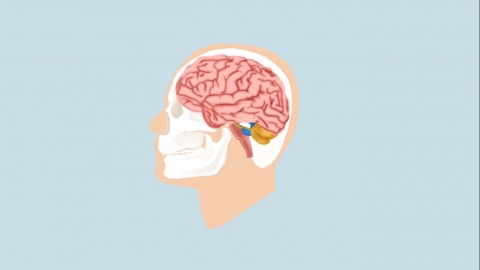How serious is a cerebral vascular tumor?
Brain vascular aneurysms are usually quite serious; even small aneurysms carry a risk of rupture. When the aneurysm is large or has ruptured, it can be life-threatening. If any abnormalities are detected, timely medical attention is recommended. Detailed analysis is as follows:

Most brain vascular aneurysms are intracranial aneurysms. Even when the aneurysm diameter is less than 5 mm, it may rupture due to blood pressure fluctuations, emotional excitement, or other factors, causing subarachnoid hemorrhage, which can lead to severe headache, vomiting, impaired consciousness, and other symptoms. The mortality rate from the first hemorrhage can be as high as about 30%, and the mortality rate is even higher with re-bleeding. Unruptured brain aneurysms may also compress surrounding neural tissues, causing symptoms such as vision loss and drooping eyelids, thus posing a threat to health.
If the brain aneurysm is large in size, irregular in shape, or has a wide neck, the risk of rupture increases. Once the aneurysm ruptures, it can cause acute intracranial hemorrhage, leading to severe complications such as cerebral edema and brain herniation. The patient may fall into coma or die within a short time. Therefore, regardless of the size of the brain aneurysm, active intervention is usually required once detected. Treatment options such as surgical clipping or endovascular embolization should be selected based on the patient's condition to reduce the risk of rupture.
Patients diagnosed with brain aneurysms should avoid strenuous exercise and emotional excitement, strictly control blood pressure, and visit a neurosurgery department as soon as possible to develop a treatment plan according to medical advice. Do not ignore the risks simply because there are no obvious symptoms.






